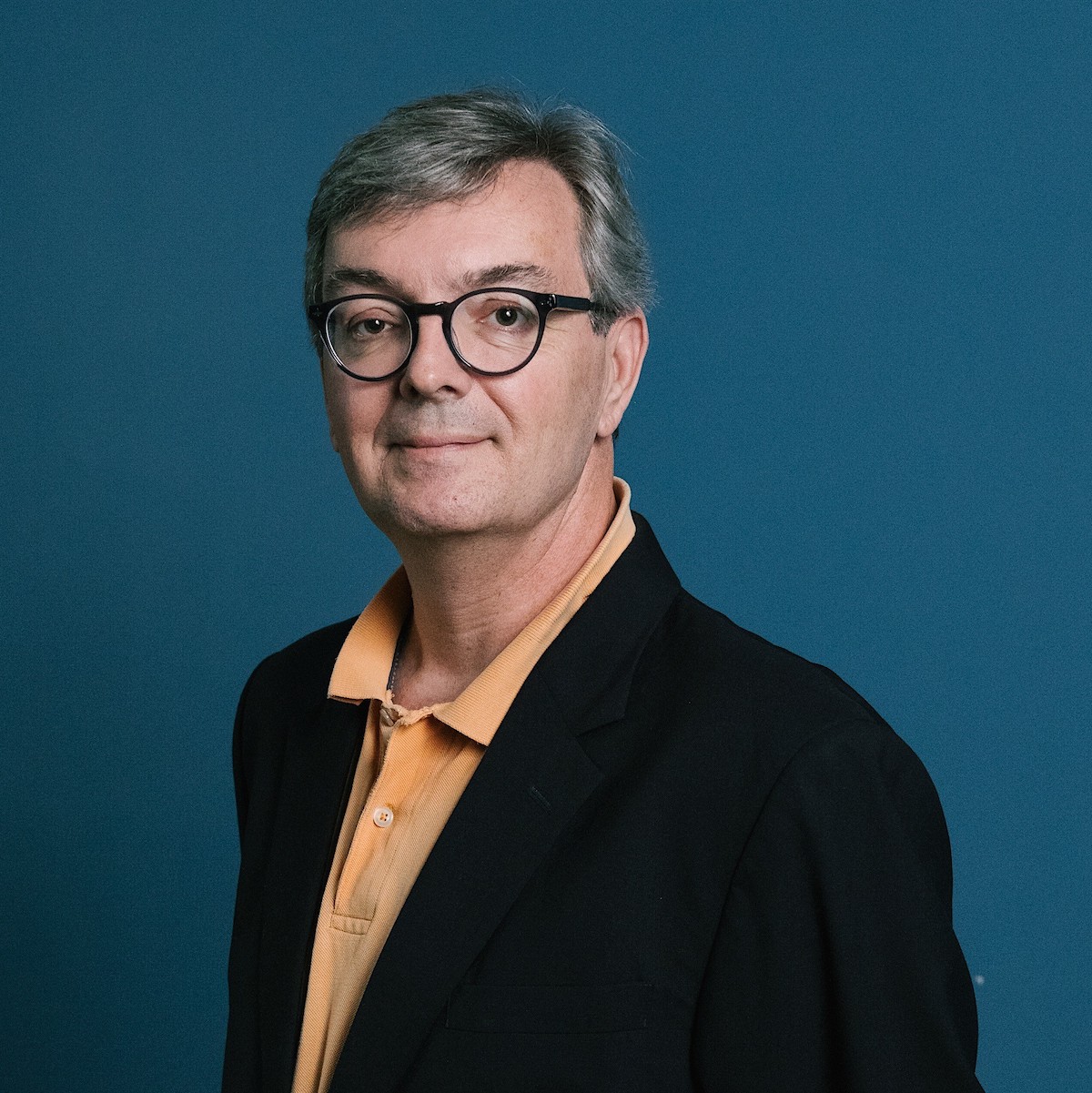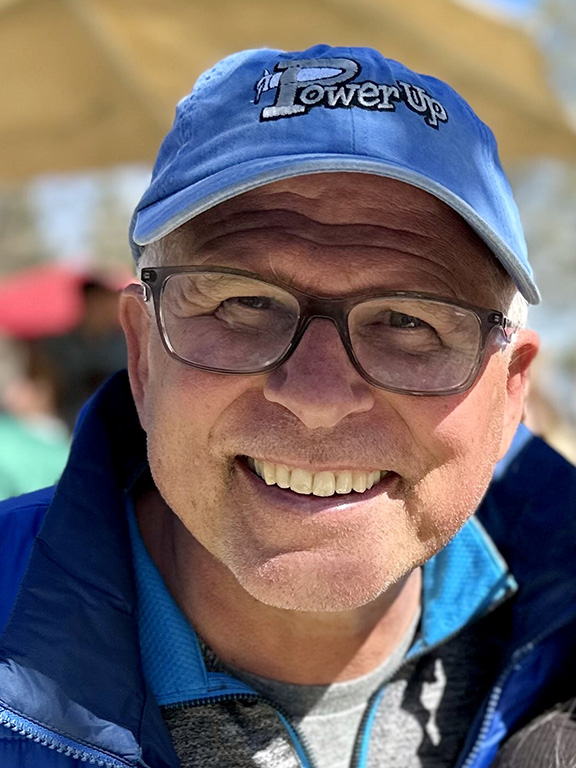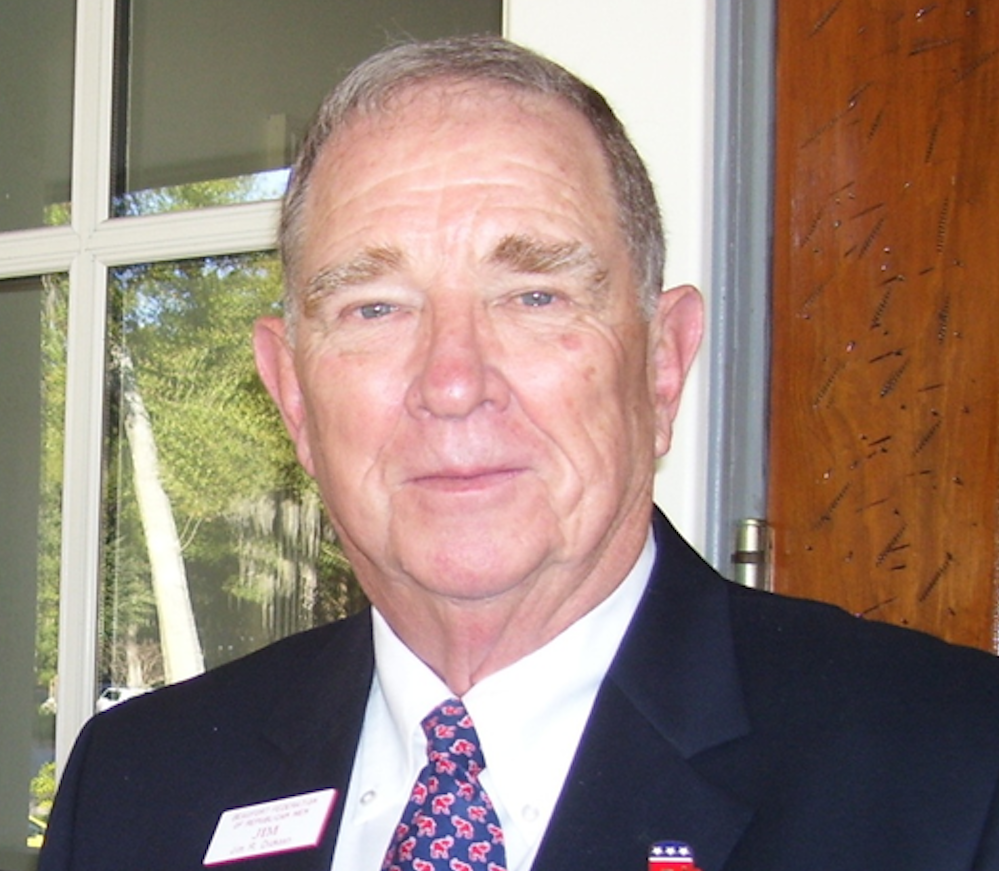By David Coyle
“A mixture of rotting fish and semen.”
That’s the description given to the scent of Bradford pear blossoms by Business Insider (https://www.businessinsider.com/bradford-pear-tree-semen-sex-smell-2013-4).
These white flowered trees commonly line many streets in the eastern U.S. Some think this tree is pretty, and I won’t argue that point. But have you ever smelled the flowers?
They have a pungent scent, to say the least. And, as the Bradford pear is a non-native tree, it has the capacity to “go rogue” (where it’s called the callery pear) and now many roadsides and old fields are covered in white flowers every spring.
Can you imagine the scent? Ew. The problem is, these invasive species take up space where native trees would otherwise grow. And, almost nothing eats callery pear. If you like birds, this is important – many birds feed on caterpillars, and if caterpillars aren’t eating the callery pear, then every pretty white tree you see in spring represents space where a bird can’t eat.
In fact, studies have shown fewer birds where more non-native trees are planted.
Now I know, invasive species and climate change are two topics that elicit a wide range of feelings, attitudes, and responses. They’re always in the news, they’re present everywhere, and they’re huge issues from an economic, ecological, and social standpoint.
And it’s easy to project blame on the perceived responsible parties or groups for our country’s current situation with both issues. It’s also easy to adopt a “woe is me, what can one person do about climate change” or “how can I help reverse the impacts of invasive species”?
Well, you can. And while you may not see immediate changes, it’s sort of like the children’s book “How Full is Your Bucket” – every drop matters, and over time, they add up and create a positive change.
The first step is acknowledging what’s happening. Invasive species are happening. Here in the Lowcountry, we have laurel wilt killing off bay trees all over the place.
A tiny green beetle called the emerald ash borer is wiping out ash trees throughout the eastern part of the continent. And, before that, Dutch elm disease wiped out elms across eastern North America. Before that, chestnut blight.
The list of past and present invasive species goes on. One thing invasive species have in common is that they kill things – after all, the definition of an invasive species is something that’s not native to the area (i.e. was introduced, usually unintentionally), displaces (i.e. takes the place of) native species, and causes economic or ecological damage.
And climate change is happening.
Now, I’m not getting into the causes of climate change (as that’s an entirely separate editorial) but the data are plentiful, legitimate, and overwhelming – our world is changing. We’re seeing rising waters, increasing inconsistency in weather patterns, and increasing temperatures.
Do you enjoy clean air and water? Pretty flowers and lots of birds? Healthy forests and green trees on the street?
If so, you should be concerned with invasive species and climate change. We can all do things in our own backyards that make positive impacts on both invasive species and climate change.
Why both? Because these issues do not exist in a bubble – climate change impacts invasive species.
So, what can you do?
Believe it or not, there are several impactful things we can all do. First, you’re a consumer, so speak with your wallet. Support local causes, local businesses, local foods. Local products are far less likely to introduce invasive species into America than are things produced in other parts of the world.
Second, speak with your voice. Learn candidates’ positions on invasive species issues, on clean energy, on environmental causes – talk to your member of Congress and vote. Without federal action we won’t be able to address this challenge in the way we need to.
One person can’t save the world (sorry, there is no Superman).
But what we can all do is create a little better place where we are. If everyone makes their little slice of the world just a bit better, then drop by drop, positive change will happen.
David Coyle, PhD. is with the Clemson Extension.






